Have you ever wondered what your dog is really feeling? Dogs might not have words, but their bodies speak volumes. Imagine your playful pup suddenly hiding under the bed or chewing up your favorite shoes—could it be more than just mischief? Recognizing anxiety in dogs early is a superpower every pet owner can develop. Spotting the signs before anxiety takes over can keep your furry friend happy, healthy, and out of trouble. Let’s dive into the surprising and sometimes hilarious world of canine anxiety, and learn how to catch it before it grows into a bigger problem!
The Tale of the Tense Tail
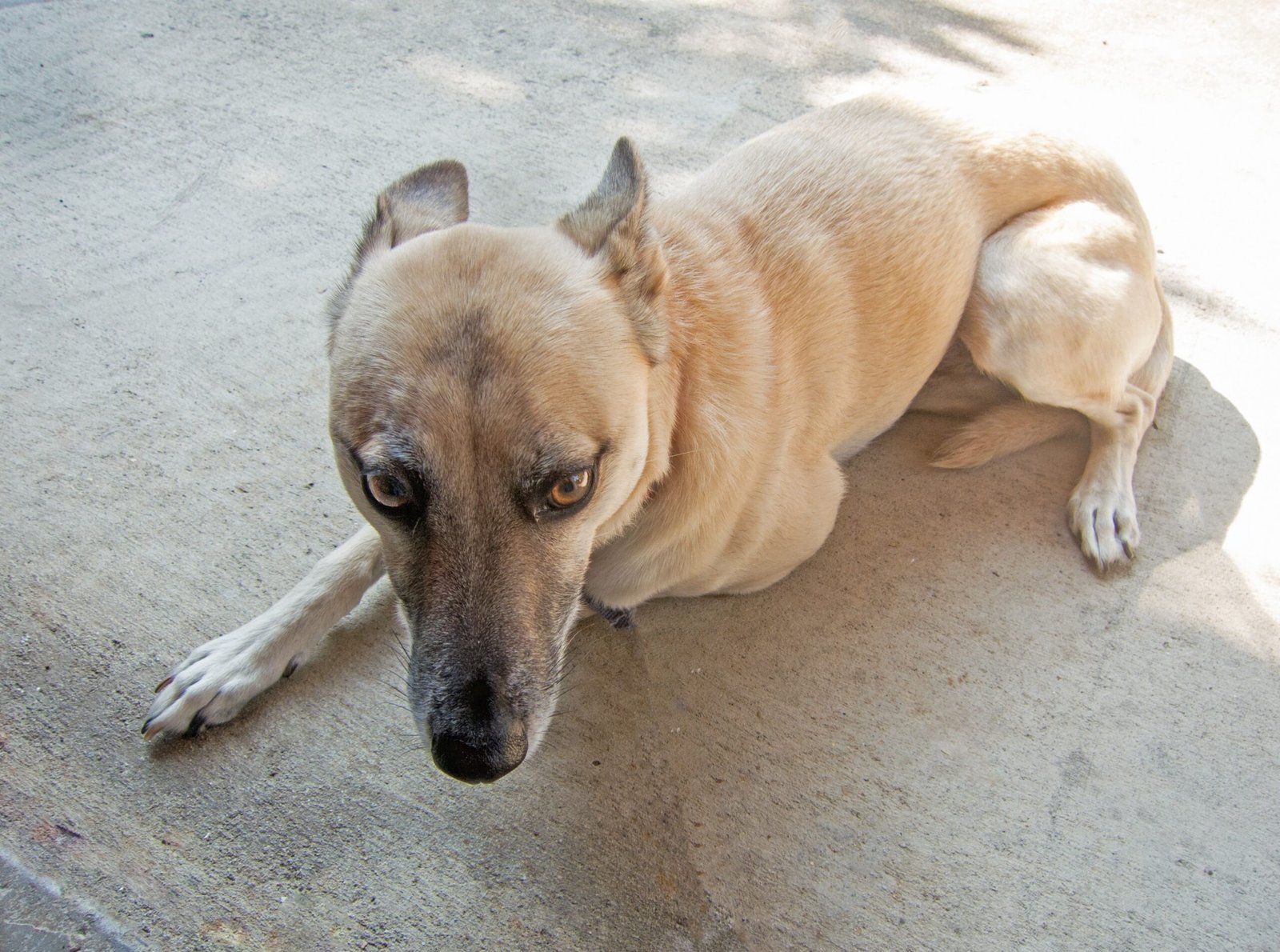
The tail is like a mood ring for dogs. When a dog is happy, its tail wags with enthusiasm, sweeping the air like a joyful flag. But if you notice your pup’s tail tucked tightly between their legs, or if it’s stiff and unmoving, that’s a big clue something’s not right. Sometimes, anxious dogs will wag their tails slowly or keep it low to the ground. This isn’t a friendly wag—it’s more like a nervous “hello.” If your dog’s tail suddenly changes its regular dance, pay attention. It might be your first hint that anxiety is creeping in. Dogs use their tails to communicate, so learning their tail language can help you spot stress before it becomes an issue.
Ears Up, Down, or All Around?
Dog ears are like little satellite dishes, always picking up signals from the world around them. When your dog is relaxed, their ears rest naturally. But when anxiety strikes, ears might pin back, flatten against the head, or twitch constantly. Some dogs may even perk their ears up as if they’ve heard a ghost. Watch for unusual ear movements—are they drooping more than usual or swiveling around like radar? If so, your dog might be feeling unsure or scared. Ears are one of the most expressive parts of a dog’s body, so noticing these changes can help you act early and soothe your anxious pal.
The Great Doggy Yawn (And Other Sneaky Signs)
Did you know yawning isn’t always a sign of sleepiness in dogs? It can be a secret signal for stress. If your dog starts yawning excessively in situations that aren’t nap time, it’s time to investigate. Licking lips, drooling, or shaking off like they’re wet—when they aren’t—are other sneaky signs of anxiety. These behaviors might seem random or even funny, but they’re actually your dog’s way of coping with nervousness. Just like people twiddle their thumbs or tap their feet, dogs have their own stress-releasing habits. Watch for these little “tells” to catch anxiety before it takes over.
Pacing, Panting, and Paws on the Move
When anxiety hits, some dogs can’t sit still. Pacing back and forth, restless wandering, or panting heavily—even when it’s not hot—can all mean your dog is feeling uneasy. You might notice your dog suddenly getting up, circling the room, or refusing to settle down. This restlessness is their way of dealing with nervous energy. It can sometimes look like excitement, but if you see it happening at odd times or in new situations, worry bells should ring. Helping your dog relax early can prevent this anxious energy from turning into destructive behavior later.
Hiding Out: The Case of the Disappearing Dog
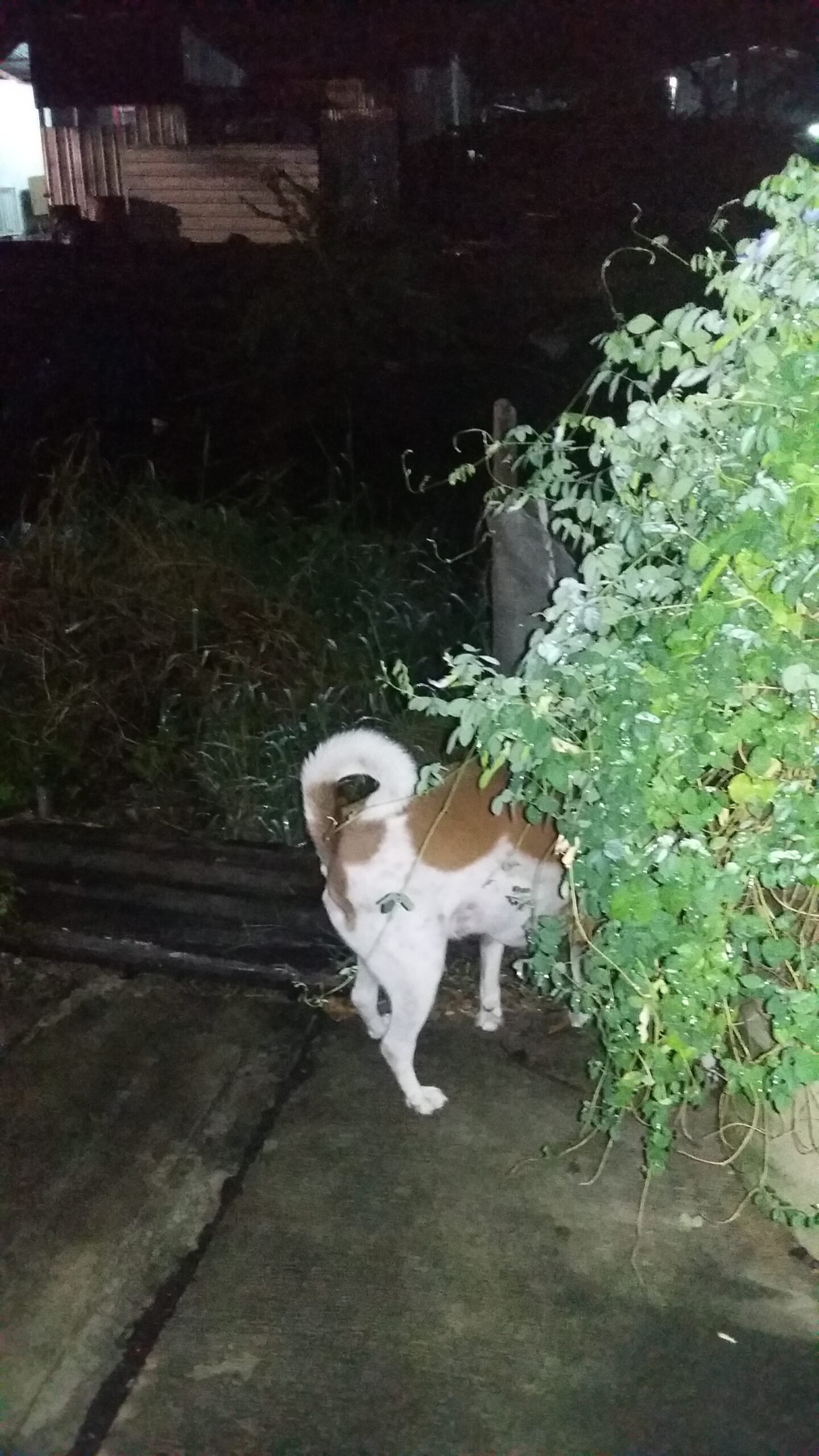
A sure sign something is off is when your usually social dog starts playing hide and seek—without telling you! Anxious dogs might retreat under beds, behind furniture, or into closets. If your dog suddenly vanishes when new people come over or during loud noises, anxiety could be the culprit. This hiding behavior is their way of finding a safe zone when the world gets too overwhelming. Instead of scolding, try to understand what’s making them nervous. Offering comfort and creating a calm space can make a world of difference.
Unusual Noises: Whining, Barking, and Howling
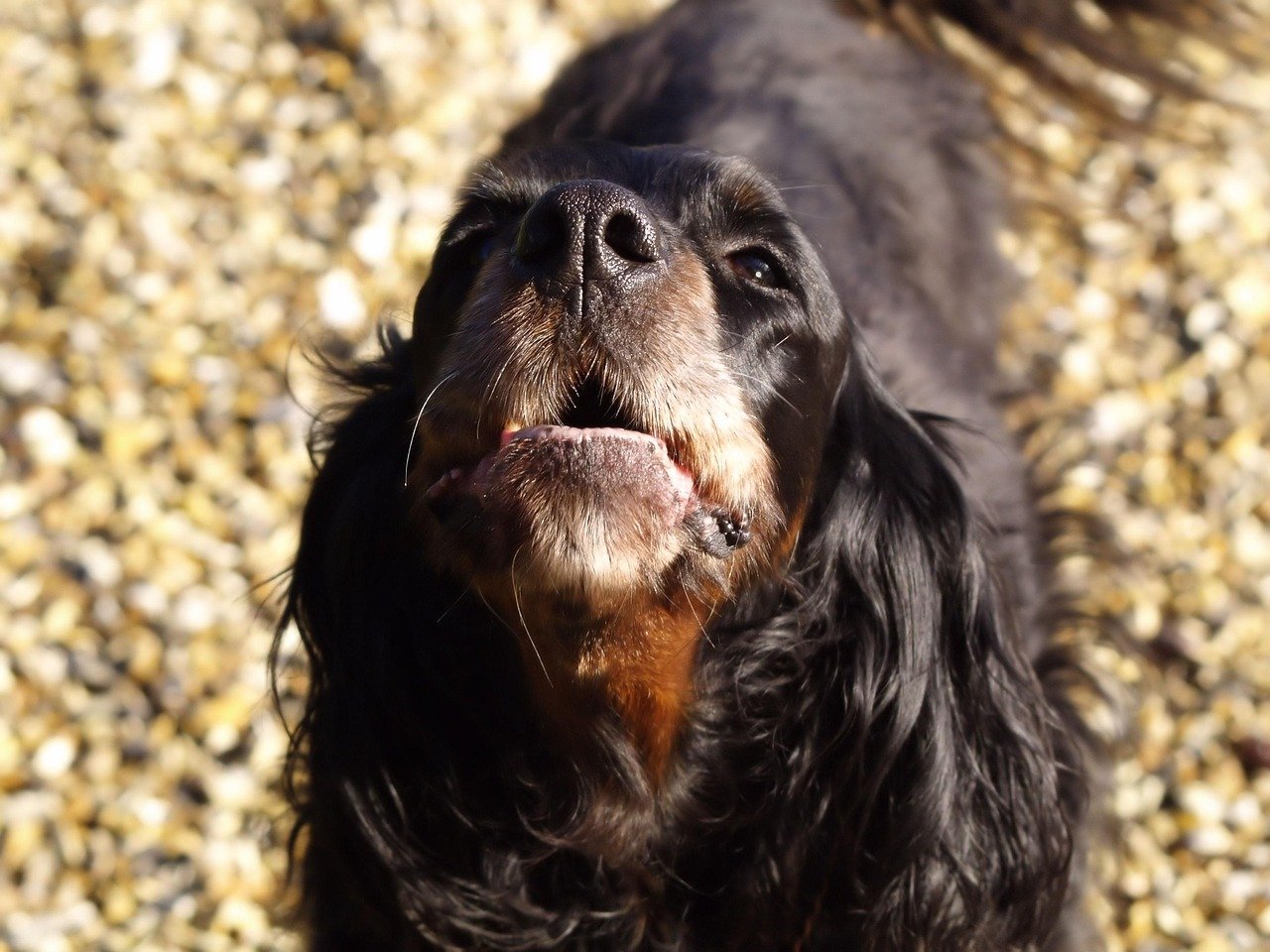
If your dog has suddenly turned into a chatty Cathy—whining, barking, or even howling at nothing—it could signal anxiety. Dogs use sounds to express their feelings just like we do. A little barking is normal, but excessive vocalizing, especially when you’re leaving the house or during storms, could be a red flag. Anxious dogs might whine to get your attention or howl out of frustration. It’s their way of saying, “Hey, something’s not right!” Listening to these new or unusual noises can help you catch anxiety before it becomes a bigger issue.
Destructive Chewing and Digging
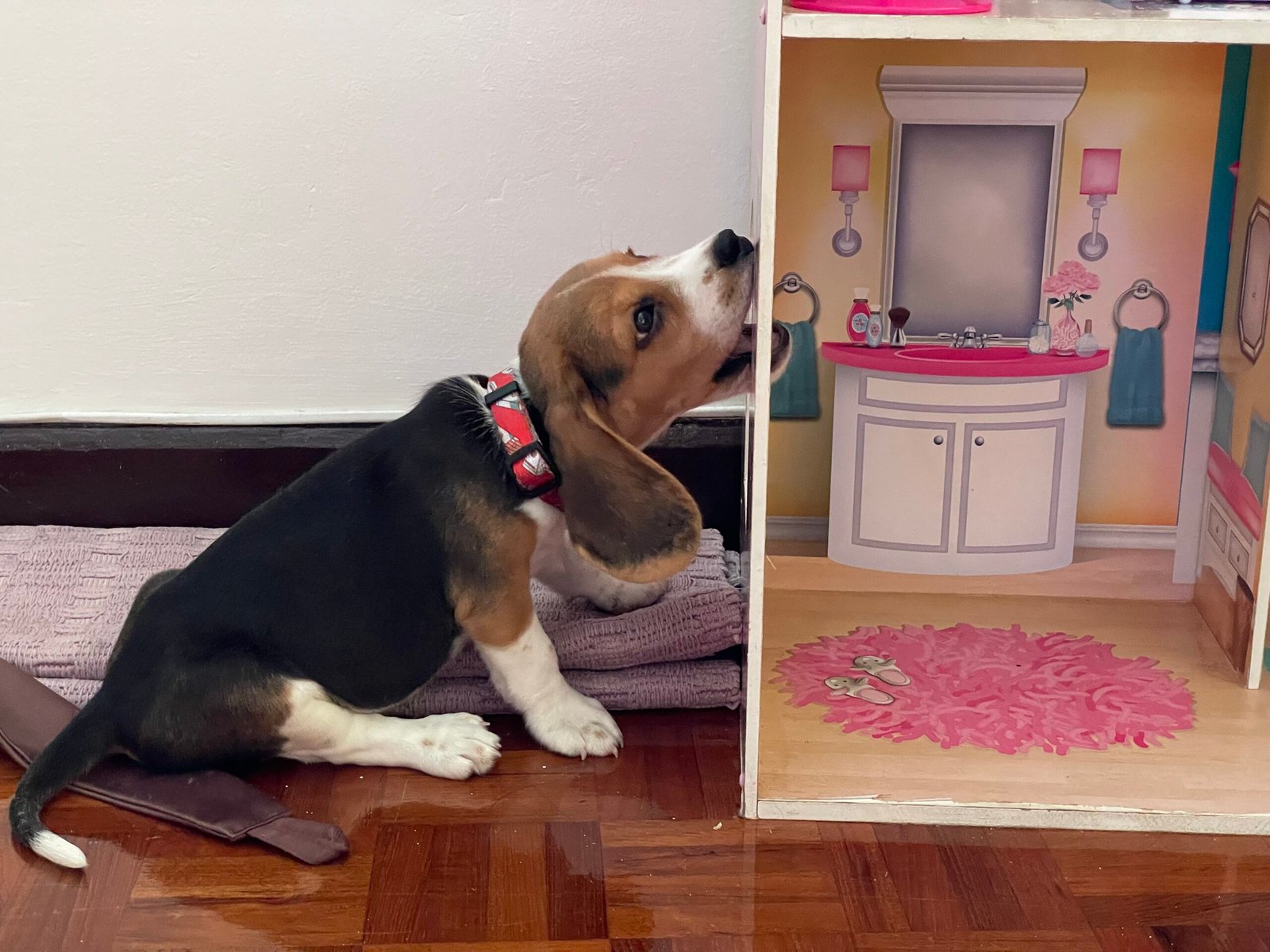
Ever come home to find your favorite shoes shredded or the backyard filled with mysterious holes? While some dogs are natural chewers or diggers, a sudden spike in destructive behavior often points to anxiety. Dogs may chew furniture, dig at doors, or even try to escape the yard when they’re stressed. It’s their way of burning off nervous energy or trying to self-soothe. Instead of getting mad, recognize these actions as cries for help. Early intervention can redirect this energy into more positive activities and prevent lasting damage—to both your home and your dog’s happiness.
Clinginess or Sudden Aloofness
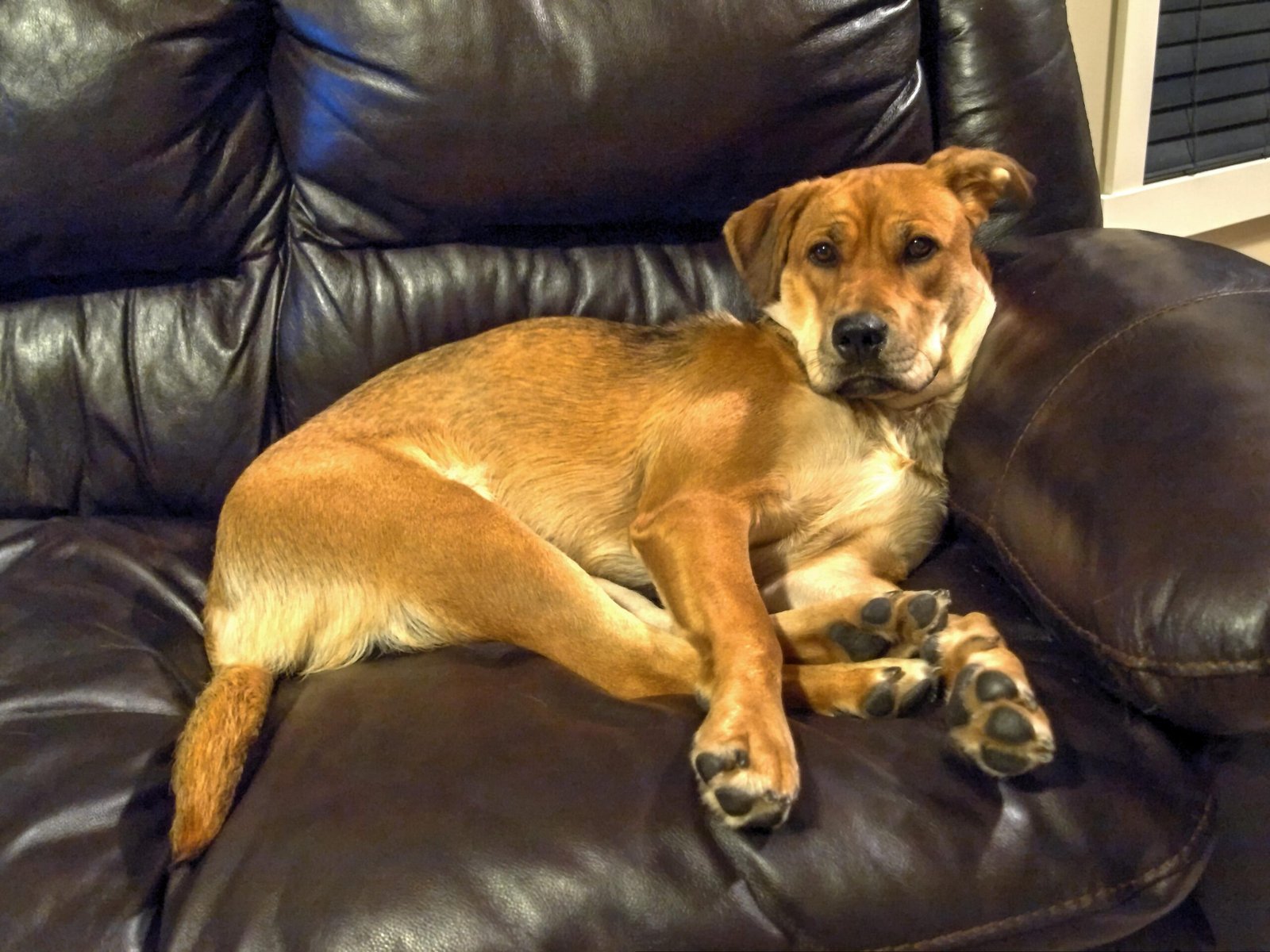
Is your dog suddenly glued to your side, following you from room to room like a furry shadow? Or maybe they’re acting distant, avoiding cuddles they once loved? Both extremes can be signs of anxiety. Some dogs seek comfort from their humans when they’re nervous, while others withdraw and want to be left alone. Big changes in attachment—either becoming a velcro dog or a lone wolf—are worth noting. Pay attention to shifts in your dog’s desire for attention or space; these emotional changes often reveal anxiety brewing beneath the surface.
Changes in Appetite or Bathroom Habits
Anxiety can take a toll on your dog’s tummy. If your dog suddenly loses interest in meals or, on the flip side, starts scarfing down food like there’s no tomorrow, stress could be to blame. Accidents in the house, even for well-trained dogs, can also be a sign of anxiety. Maybe your dog begins to urinate or poop inside, especially when left alone. These changes in appetite or bathroom habits are more than just annoying—they’re clear signals that your dog’s emotional health needs attention. Watching for these shifts can help you address anxiety before it disrupts your routine.
Trust Your Gut: Knowing When to Seek Help
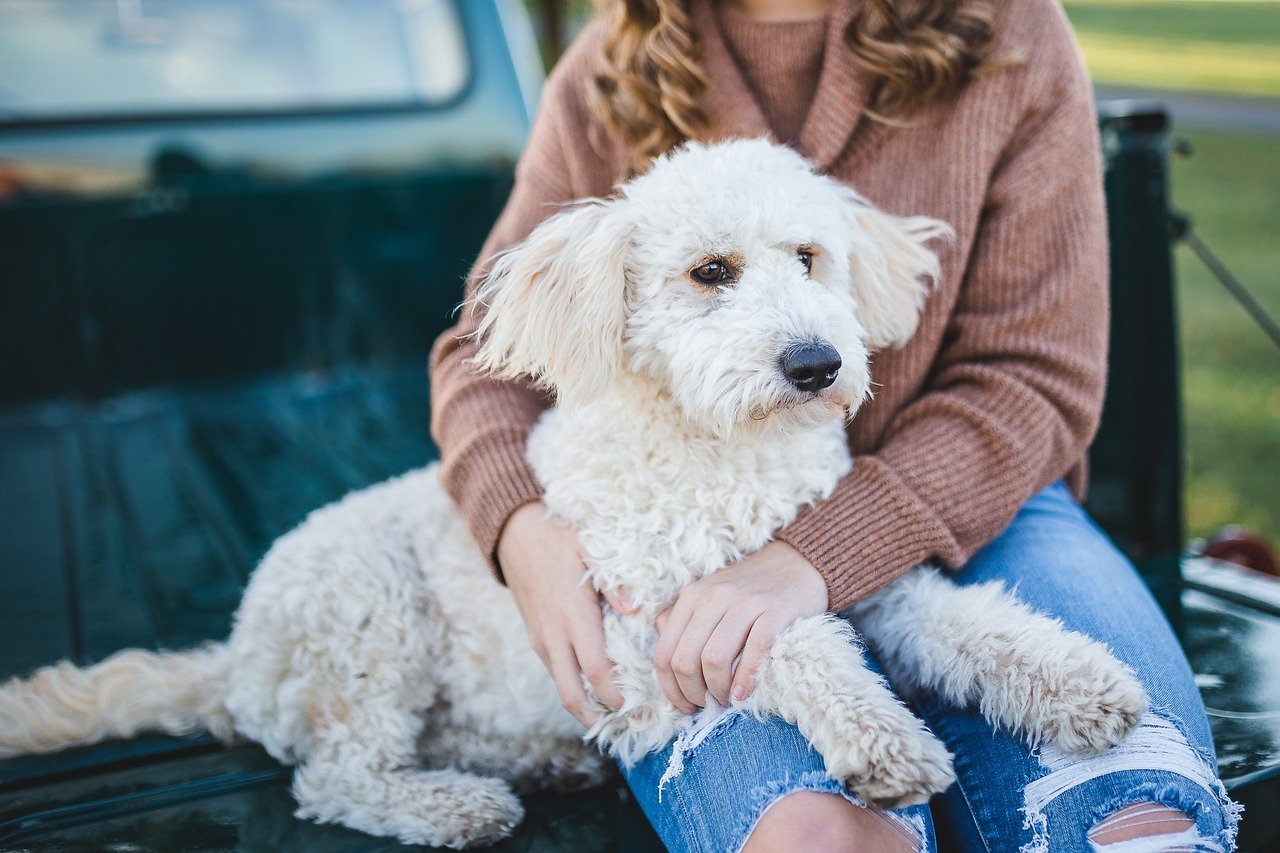
Sometimes, you just know something’s off with your dog, even if you can’t put your finger on it. Trust that intuition! If your dog’s behavior changes suddenly or you see several of these signs together, it’s time to consult your veterinarian or a professional dog trainer. They can help rule out medical issues and offer strategies for calming anxious pups. Catching anxiety early means you can work together to bring your dog back to their happy, tail-wagging self. After all, a little attention now can prevent a mountain of problems later. Isn’t your furry friend worth it?

Esther is from India; the heartbeat of South Asia, holding a Master’s degree in Zoology and a postgraduate diploma in Animal Welfare. Her enthusiasm for animal welfare drives her passion and dedication to working for animals, ensuring their well-being, and advocating for their rights. With a solid academic background and hands-on experience, she is committed to making a positive impact in the field of animal welfare. In her free time, she enjoys embroidery and sewing. As a Chennaite from Tamil Nadu, Esther loves Bharathanatyam, an Indian classical dance form.






